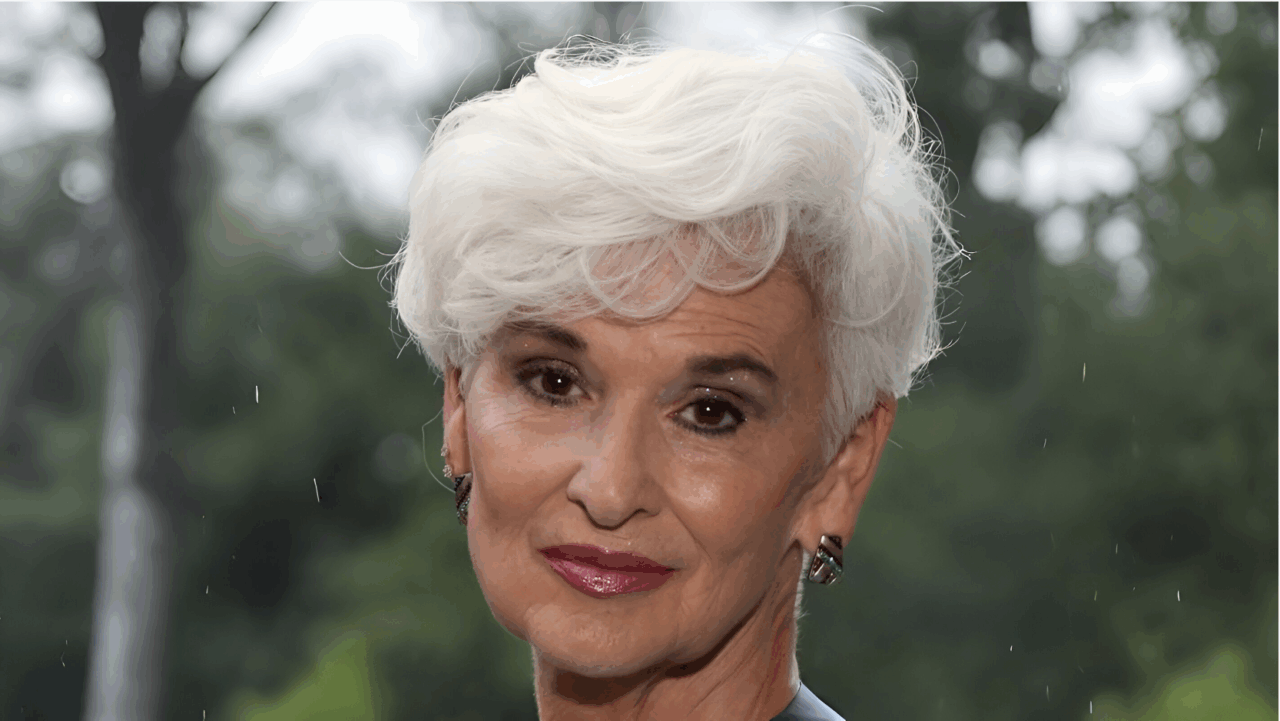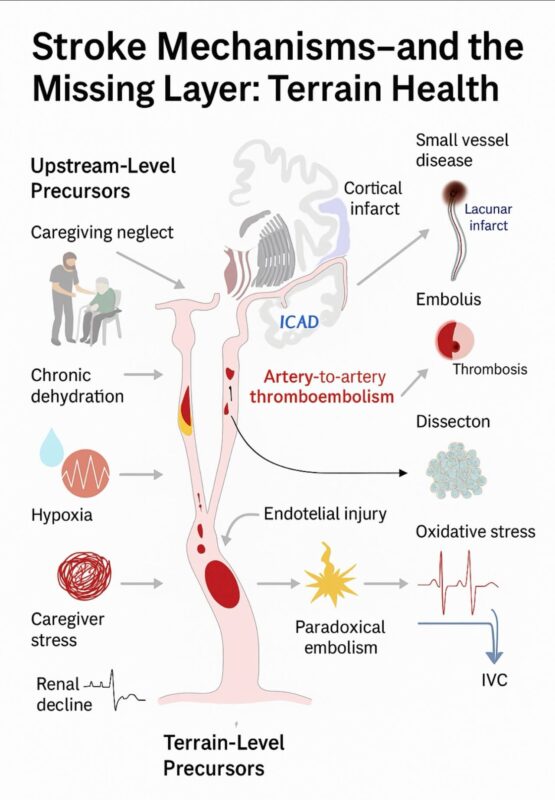
Linda Hayes Bennett on The Terrain-Level Determinants of Ischemic Stroke
Linda Hayes Bennett, Cognitive-Behavioral Neuroscientist, shared on LinkedIn:
”Abstract: The Terrain-Level Determinants of Ischemic Stroke — An ALH–eGFR Framework for Precision Prevention
While ischemic stroke is classically categorized by mechanism—embolism, thrombosis, dissection, or small-vessel disease—these visible outcomes emerge from deeper, measurable changes in the body’s terrain.
In this integrated framework, stroke risk is redefined not as an isolated vascular event but as the endpoint of cumulative terrain erosion.
Declining eGFR (estimated glomerular filtration rate), endothelial microinjury, oxidative stress, dehydration, and allostatic overload together alter plasma viscosity, shear dynamics, and mitochondrial resilience—conditions that silently prepare the vasculature for failure.
Likewise, caregiving stress, malnutrition, and iatrogenic medication patterns accelerate inflammatory cascades and vascular fragility.
The ALH Caregiver Index, paired with eGFR trajectories, identifies early inflection points where preventive interventions—hydration, oxygenation, rhythm regulation, cooling therapy, and caregiver education—can preserve neuronal integrity and reduce stroke incidence.
This terrain-based model reframes prevention around upstream metrics of biological and behavioral health, bridging patient care, public health, and precision medicine.”

Stay updated on all scientific advances in the field of thrombosis with Hemostasis Today.
-
Dec 6, 2025, 18:02ASH25 Day 1: Don’t Miss The Highlights
-
Dec 6, 2025, 15:44Atul Gupta on Where The Healthcare Innovation is Headed
-
Dec 6, 2025, 15:22Nathan White on How Inflammation Contributes to Coagulopathy After Trauma
-
Dec 6, 2025, 15:02Anas Younes on AstraZeneca’s Aims in Blood Cancer to Be Presented at ASH25
-
Dec 6, 2025, 14:08David Alderman: ASH25 is Live
-
Dec 6, 2025, 13:53Isabelle Mahé Presents The Proposals from INNOVTE CAT Working Group
-
Dec 6, 2025, 11:50Steve Tuplin on Roche’s Mission at ASH25
-
Dec 6, 2025, 11:13Khaled Musallam on The Lancet Haematology Podcast: Your ASH25 Roadmap
-
Dec 6, 2025, 06:34Akshat Jain: It was Wonderful Hosting and Meeting Industry Leaders on Their Visit Down to Southern California
